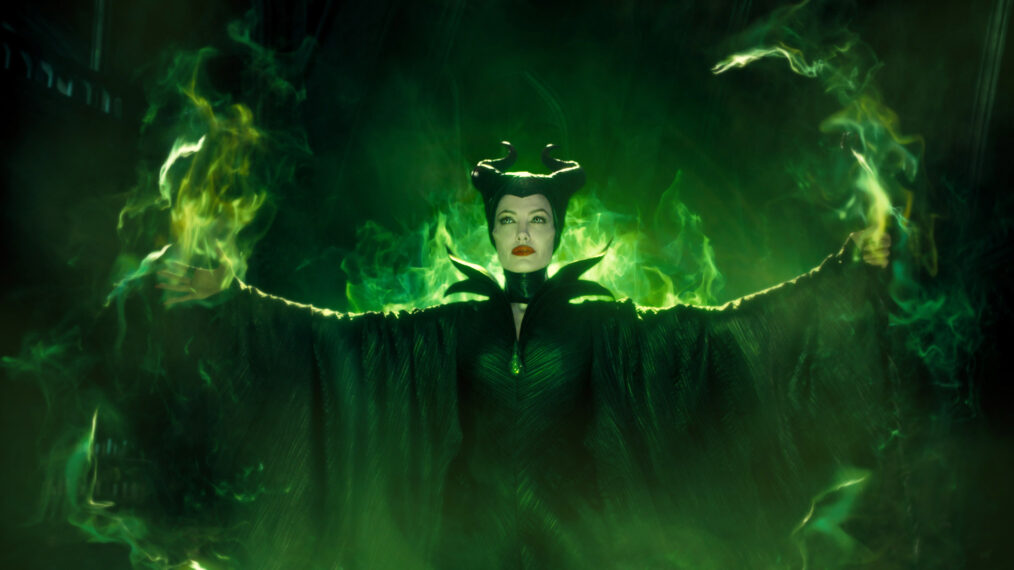5 Things You Didn’t Know About Disney’s ‘Sleeping Beauty’
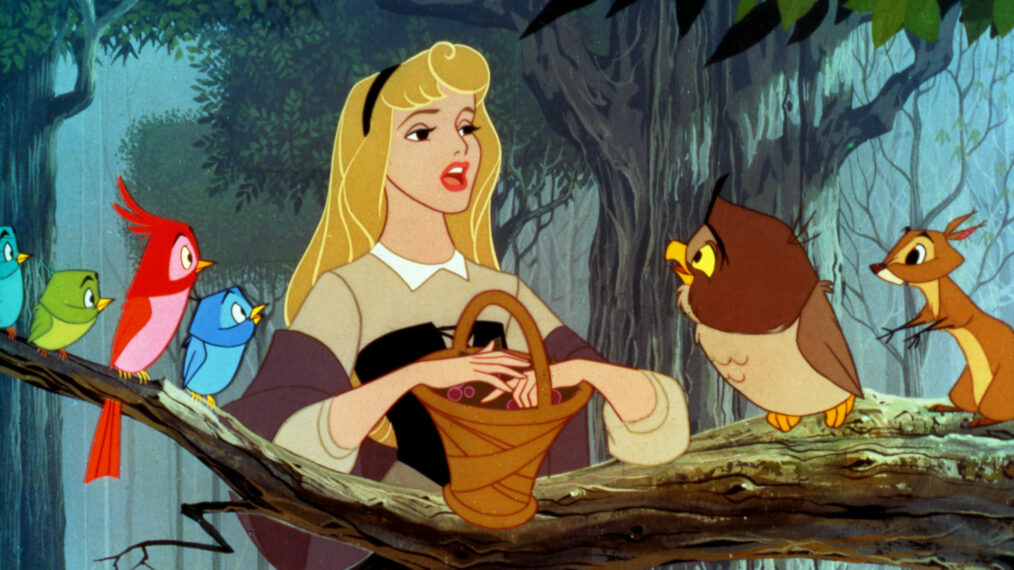
In the classic Disney animated film Sleeping Beauty, which premiered 66 years ago on Jan. 29, 1959, a princess is cursed by an evil fairy to poke her finger on a spindle and fall into a coma at the age of sixteen. Her parents, worried about her safety, decide to confiscate every single spindle in the entire land, and then hide their daughter in a wooded cabin, where she is raised by three fairies.
But Aurora cannot escape her fate: on her 16th birthday, she meets a prince, falls in love, then ends up in the castle near a spindle that Maleficent has placed there, having finally found her after all these years. Instead of admitting to what has happened, the faeries put the entire town to sleep, and then the prince, who has been captured by Maleficent, must save her with the Sword of Truth and the Shield of Virtue.
So many metaphors! Let’s discuss.
Where did this story come from?
The most common origin story of this tale comes from the very dark German academics the Brothers Grimm, who are responsible for many modern Disney animated productions, including Snow White and Tangled. However, the Brothers Grimm wrote “Sleeping Beauty” based on a story they heard from 17th-century French author Charles Perrault (this is the version Disney based theirs on), and about 60 years before that, there was the very disturbing version written by Giambattista Basile in 1634, called Sun, Moon and the Talia, in which Talia becomes pregnant during her coma and only wakes up after giving birth to twins (as a mother, that last part doesn’t sound too bad!), causing this overthinking bookworm to believe it was originally a metaphor for motherhood: in the past, perhaps people believed that you were not “awake” as a woman until you became a mother.
If becoming pregnant while in a coma wasn’t bad enough, in the Basile version, which is nothing like the Disney one, the father ends up being a king who is already married. The queen finds out about this and tries to cook Talia’s twins and feed them to the king, but they are saved by a cook. When the king finds out, he burns his wife at the stake and ends up marrying Talia. So… it’s sort of a happy ending??
The Sleeping Beauty is also a popular ballet!
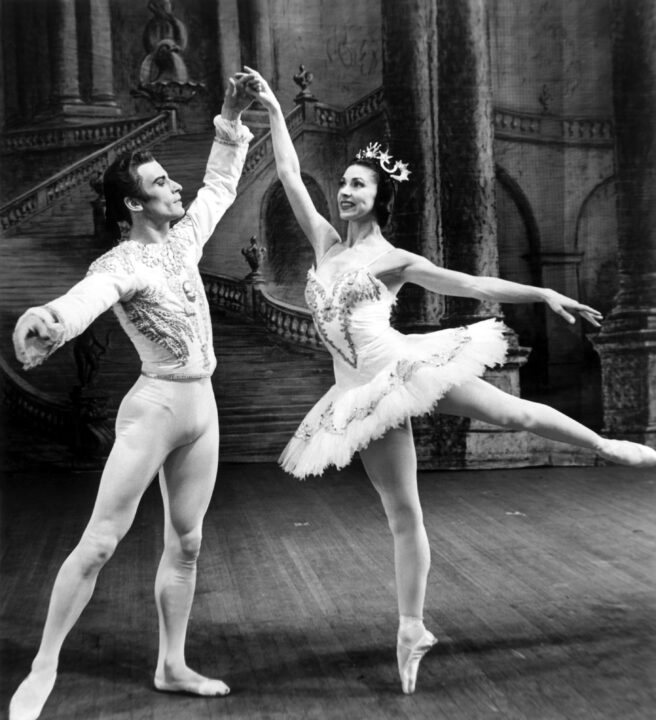
Everett Collection
With music written in 1889 by the Russian composer Pyotr Ilyich Tchaikovsky, The Sleeping Beauty is also popular on stage. It has three acts and spans nearly four hours!
Princess Aurora is also a character on Once Upon a Time.
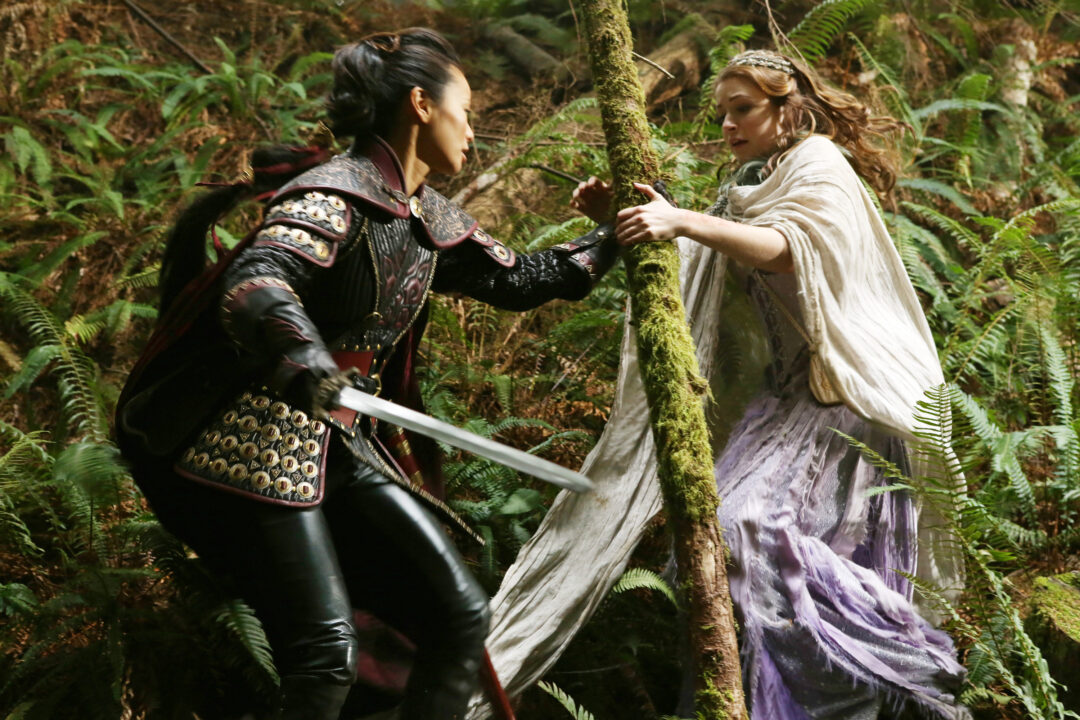
Jack Rowand/ABC/Courtesy: Everett Collection
You probably know about the 2014 film Maleficent starring Angelina Jolie and Elle Fanning, in which Jolie’s daughter Vivienne has a cameo as a young Aurora, but did you know that Princess Aurora also shows up in the supernatural series Once Upon a Time, played by actress Sarah Bolger?
This tale also shows up in many poems, including one by 19th century poet Alfred Lord Tennyson, as well as dozens of film adaptations across the world. It is even referenced in a few video games, like Kingdom Hearts.
Disney almost canceled production because they couldn’t find the right voice for Princess Aurora.
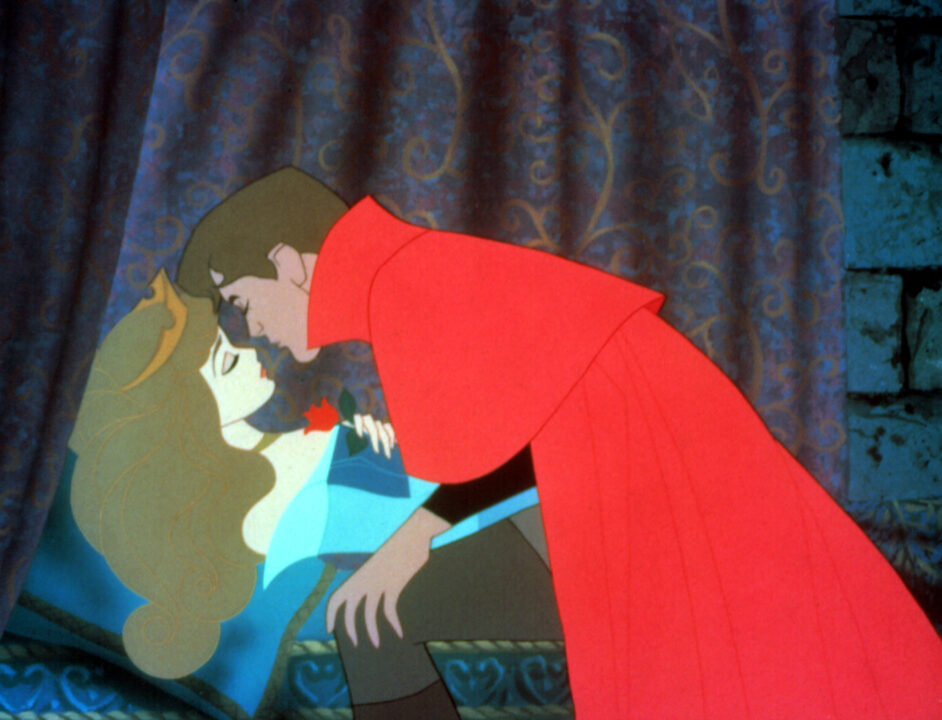
Courtesy of Everett
Disney spent three years looking for the right voice for Aurora, and it wasn’t until they found actress/singer Mary Costa that they finally moved forward with the project.
Maleficent is voiced by the same actress as Cinderella’s evil stepmother, Lady Tremaine.
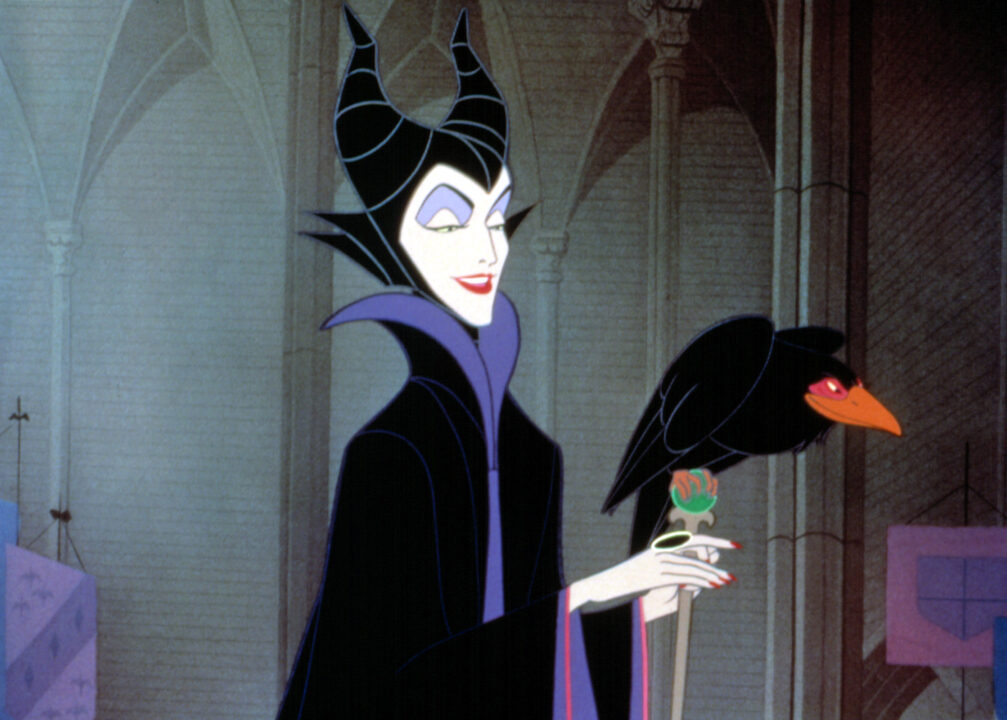
Courtesy of Everett
If their voices sound as familiar as their characters (both female villains who try to stop these princesses from finding true love), it’s because they are voiced by the exact same person! Eleanor Audley played both characters. The Disney animated film Cinderella was also based on a Charles Perrault story.
65 years later, the movie is still relevant.
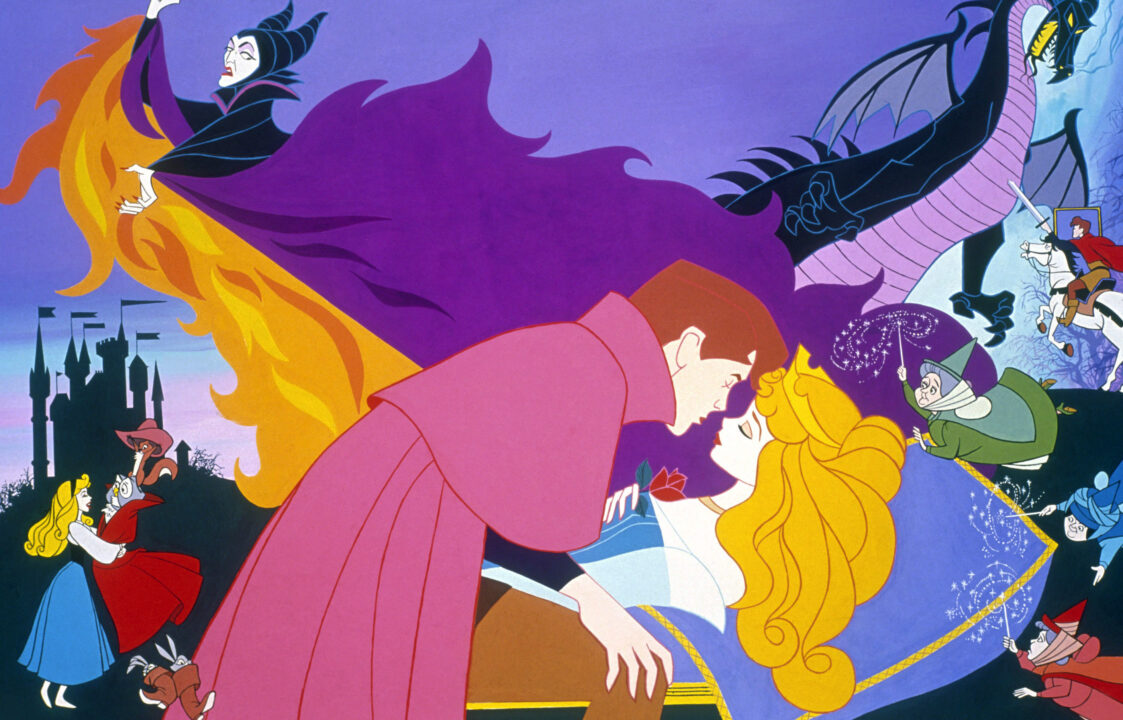
Everett Collection
Sleeping Beauty is a great film, with many underlying themes, including the power of strong female role models (Aurora turned out pretty great being raised by three fairies, after all). It also a cautionary tale. In some ways, I see it as a fable about overprotected children. The king and queen’s fear for their daughter’s safety causes them to sacrifice any relationship they might have had with her, since they miss her entire childhood. And for what? She pokes her finger anyway, and then must be saved by the kiss of a handsome prince. Only proving once more what has been true for centuries: in life, there is no place on earth that is entirely safe. Danger lurks everywhere; therefore, it is better to learn how to live in a dangerous world.
Things work out for her, since it’s Disney, but man, her parents should really have just invited Maleficent to that birthday party.
Sleeping Beauty is available on Disney Plus with a subscription.
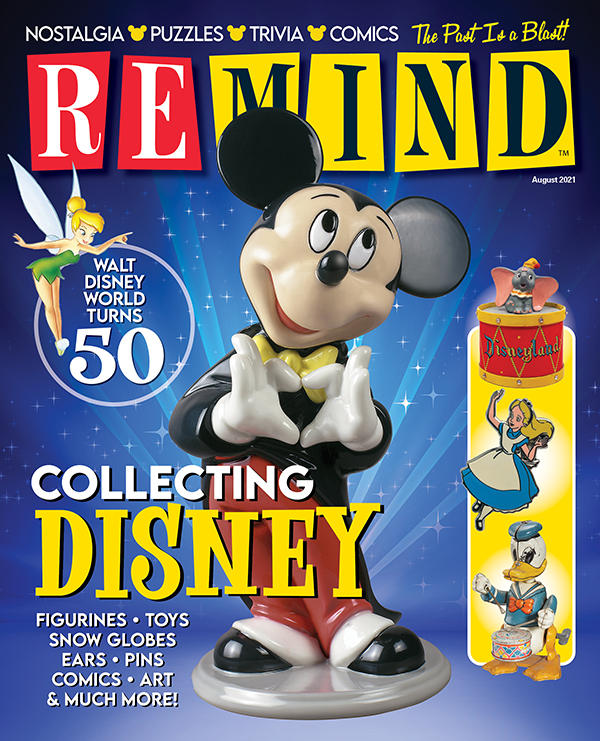
Collecting Disney
August 2021
Celebrate the magical world of Disney collectibles
Buy This Issue
